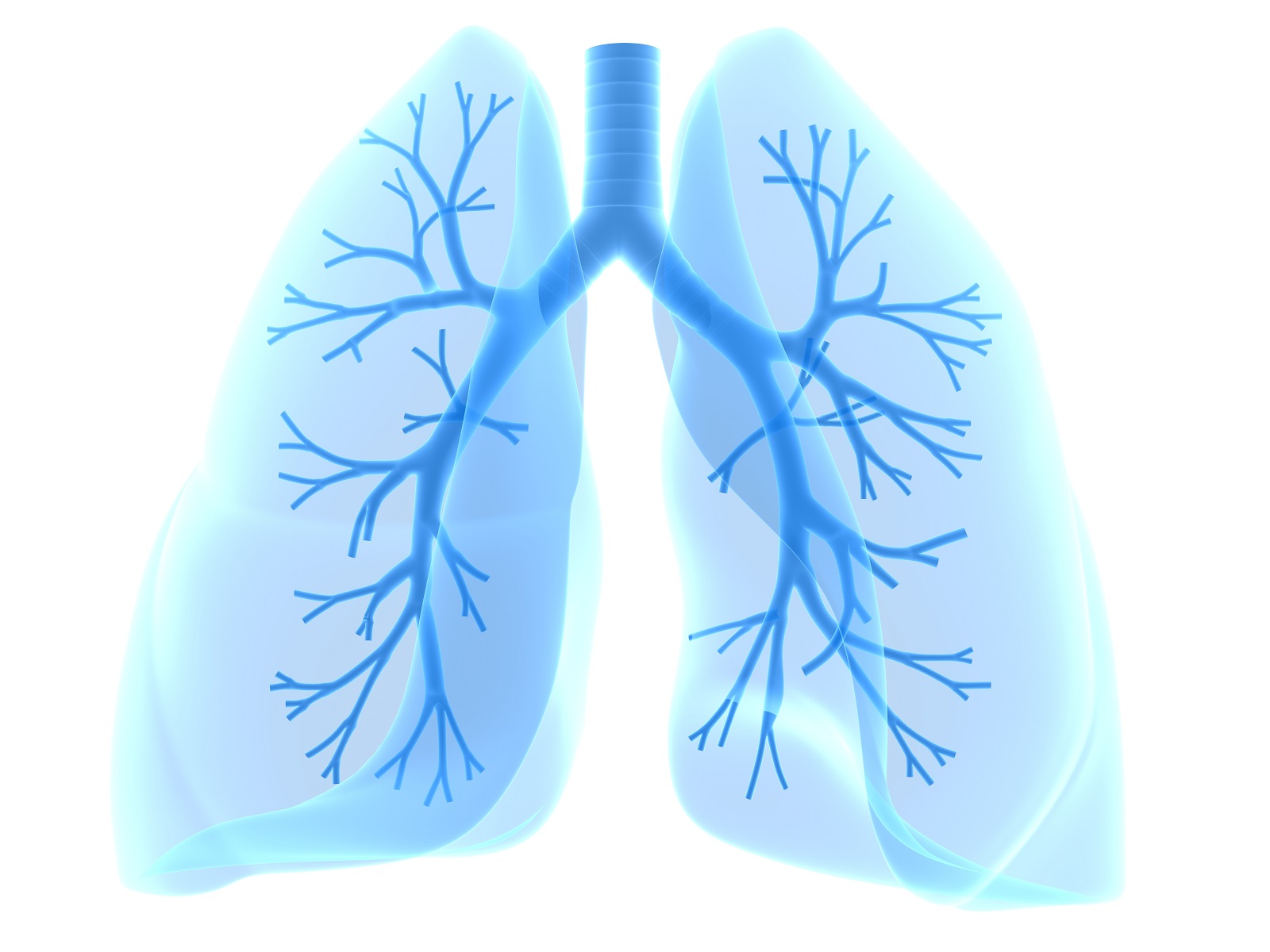
“Sick
lungs don’t show,” said our late friend and founder of the COPD Foundation, John
Walsh. As usual, he went right to the heart of the matter, speaking from
experience because he himself had COPD.
When
a person has a broken leg or an amputation, that’s usually pretty obvious to
the casual observer. The person may be in a wheelchair, use crutches, or have a
cast, brace, or a prosthetic leg. If a person is blind, he or she may carry a
white cane. Most people know – and understand – that folks with these kinds of
challenges may be unable to get around as easily as everybody else. Moreover, some people are willing
to help that person if needed.
But
unless you're wearing supplemental oxygen,* chances are that people don’t
know that you’ve got a chronic lung disease that may be causing you major physical
limitations. Even if they see you struggling to do something, it probably
doesn’t occur to them that your struggle is caused by a lung disease.
So, first
of all… how do you help people understand, or at least realize, that you might
not be able to do what they expect you to do; and also, how do you help them be
somewhat aware of COPD as a disease and the changes it may bring?
What
about your family and friends? Do you talk with them about your COPD? Do they understand
what it is, what caused it in your case, and what you are doing to manage it? Are
they aware of the physical limitations and emotional challenges you have – as
well as how those limitations and challenges may vary day-to-day?
In
light of your COPD, has COVID-19 brought on any changes with how you view
yourself, how you feel others see you, or how you see others?
Sick
lungs don’t show…or do they? What is your experience?
*We
call it “supplemental” because everybody needs oxygen to live – some people
just need a little more.